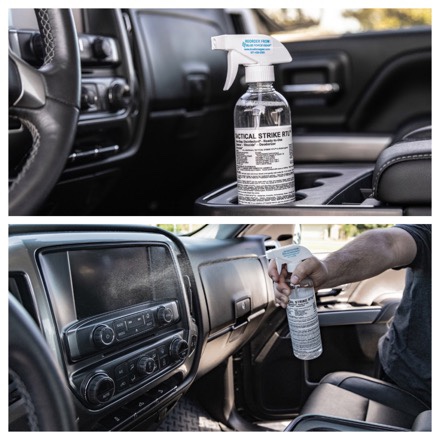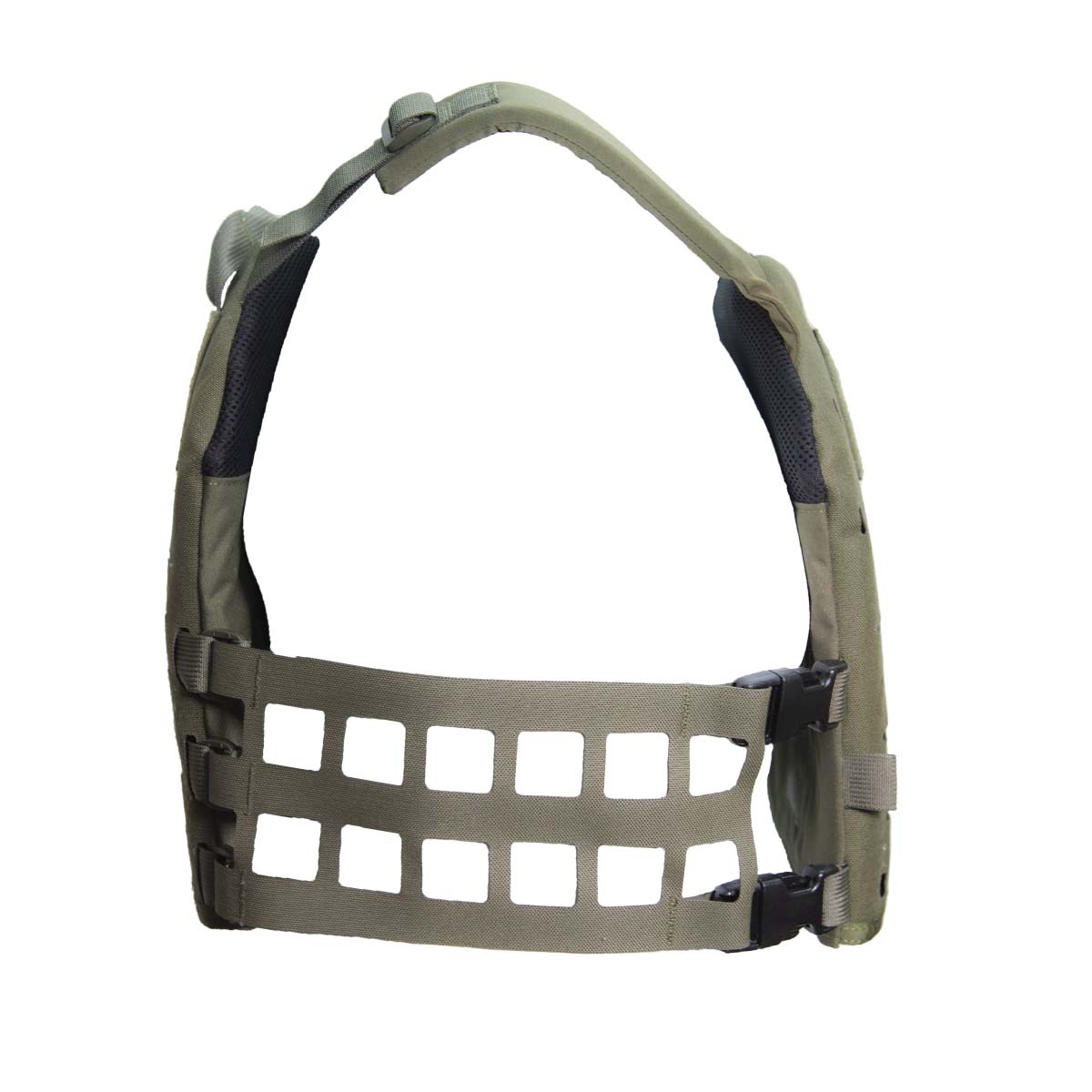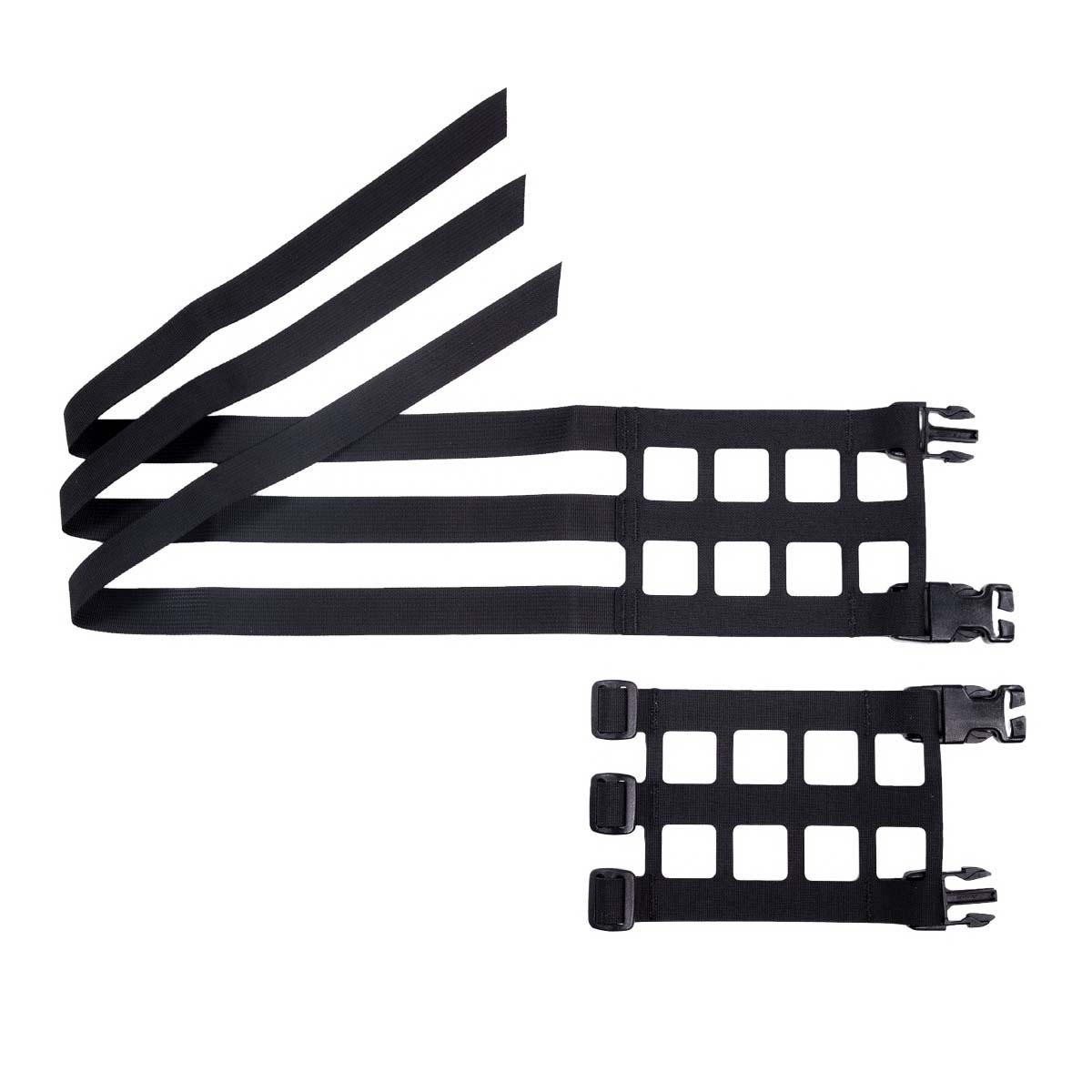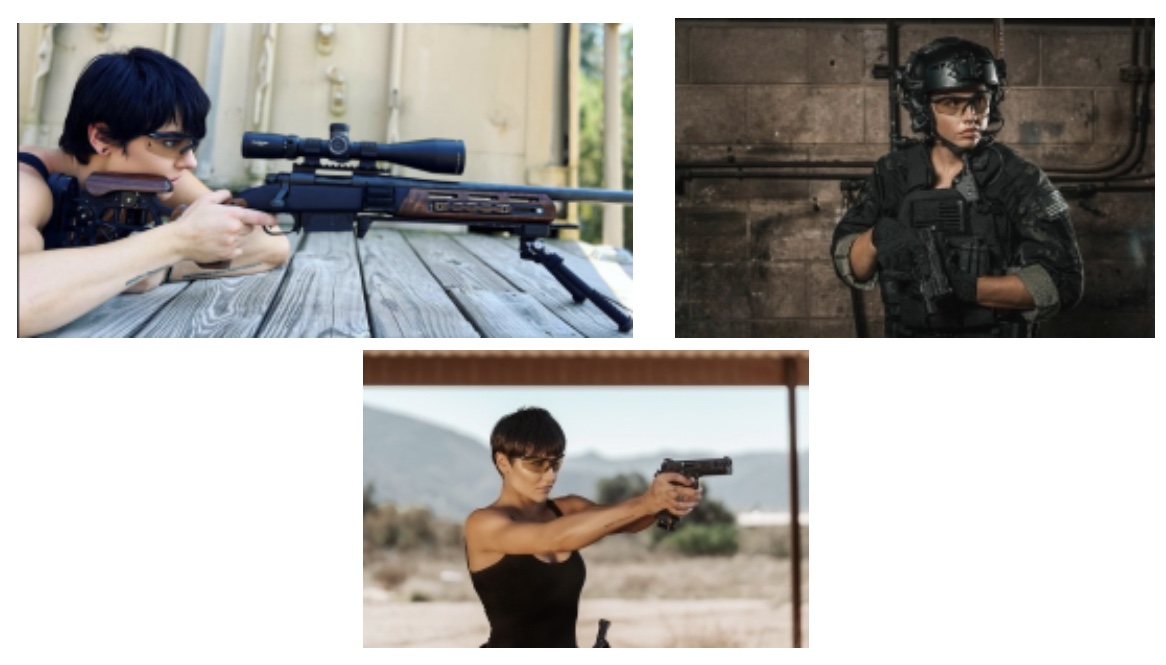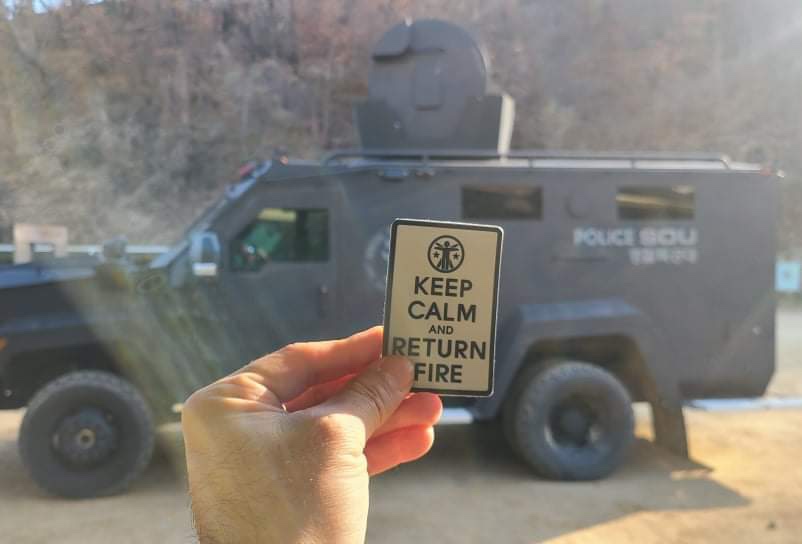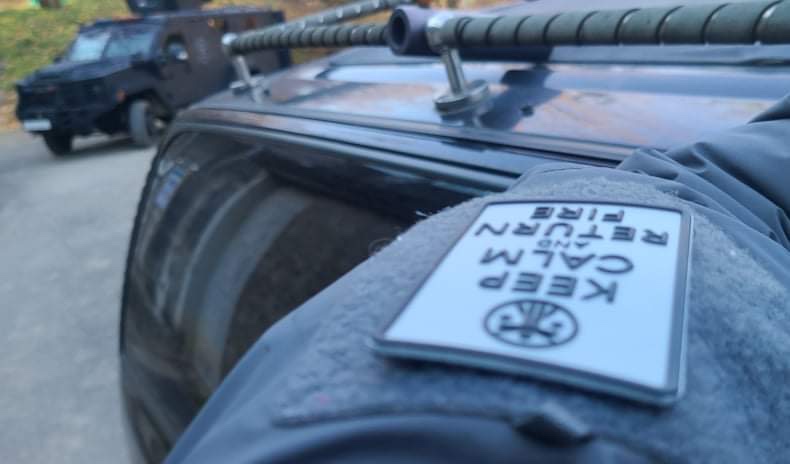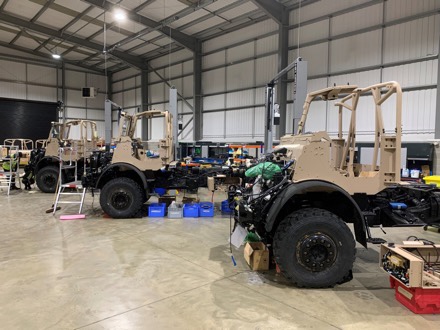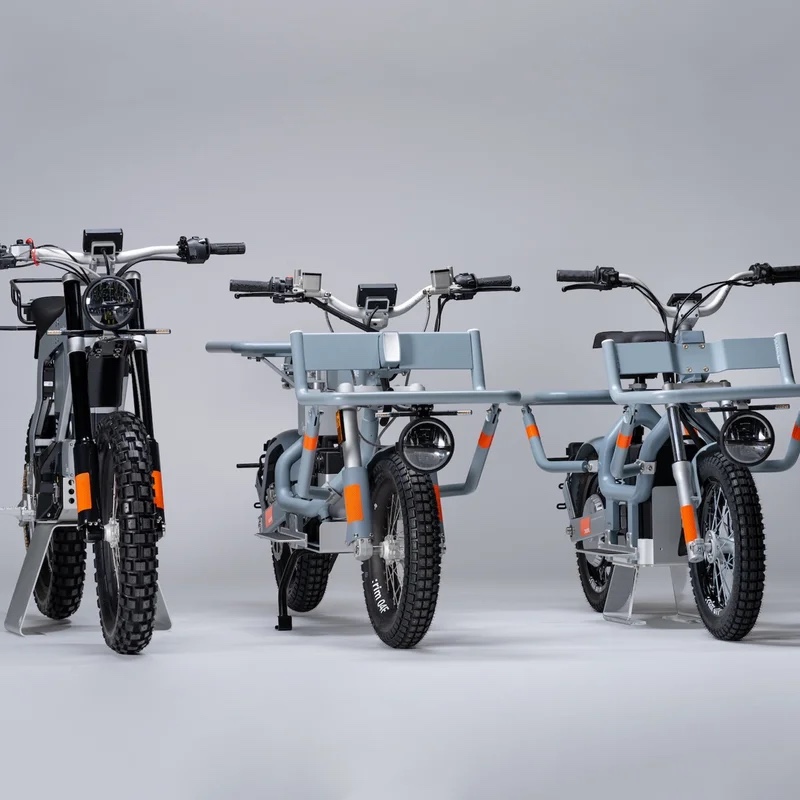
CAKE, the Swedish maker of premium lightweight, electric motorbikes, today announces the launch of CAKE :work; a new series of powerful and durable electric utility vehicles designed and developed for professional applications such as delivery drivers (food and parcel), craftsmen, and service professionals.
With the launch of the :work series, CAKE will speed up the transition to sustainable cities and facilitate significant cuts in emissions by offering solutions and opportunities for businesses striving to develop environmentally sustainable and more efficient services and logistics. The new series of professional-grade electric two wheeled vehicles addresses several urgent challenges facing metropolitan areas worldwide.
Globally there are two billion fossil fuel-driven vehicles on the road that emit five gigatons of CO2 annually – driving climate change. To date, more than 150 cities worldwide have announced restrictions on combustion engine transportation. Innovation and investment in sustainable transportation must happen at haste, to navigate tighter emissions targets and restrictions on fossil-fueled vehicles.
“The CAKE :work series offers the immediate potential of moving last-mile deliveries and mobile workforces away from traditional solutions for urban transportation, clearly exceeding the efficiency of both cars and bicycles, making this initiative our single most important contribution to date in speeding up the process towards a zero-emission society”, says Stefan Ytterborn, founder and CEO of Cake. “Any industry that handles large volumes of short-haul transportation of both people and goods understands the daily struggle with traffic jams, parking fines, and the need to find both economical and sustainable fossil fuel-free vehicles. At CAKE, we truly believe that the future for last-mile deliveries will be electric and run on two wheels.”
CAKE for professionals
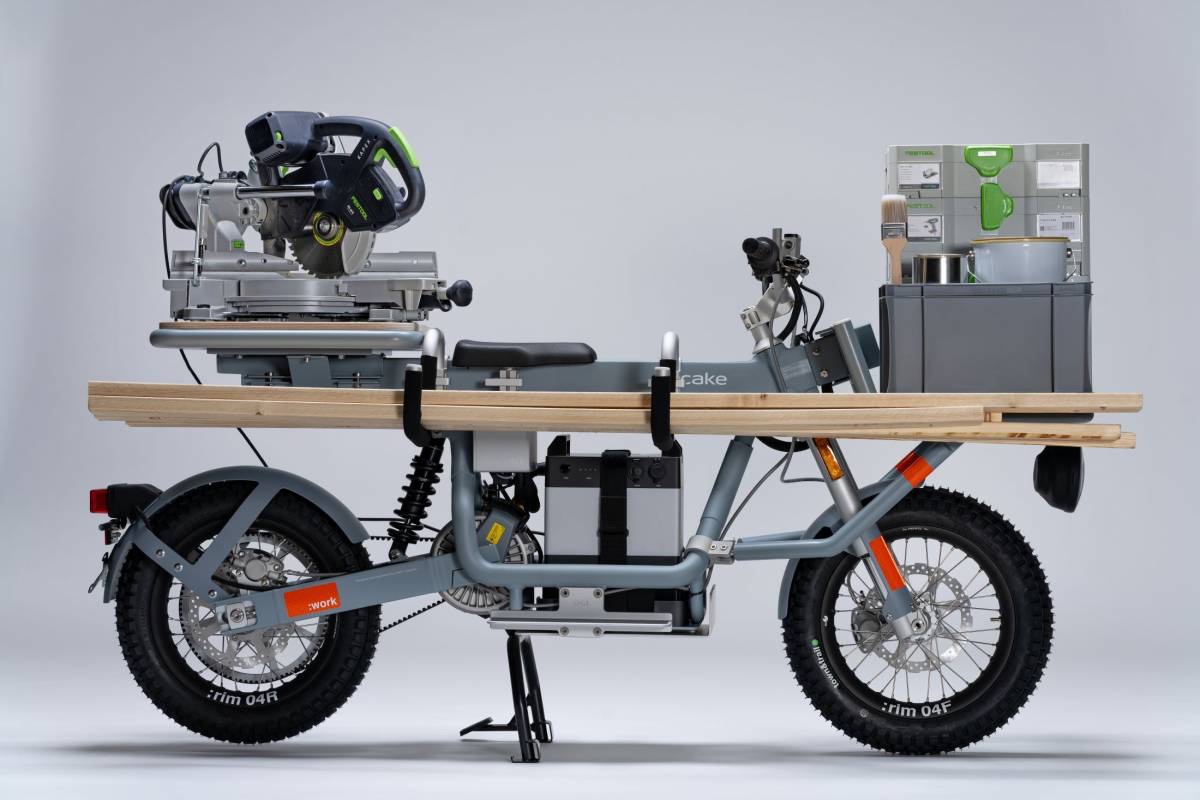
Designed and developed in close collaboration with different professional user groups, the new :work series builds upon CAKE’s three existing platforms: Kalk (high performance off road), Ösa (modular utility bike), and Makka (urban commuter). Optimizing power, reach, efficiency, and capacity, the adjustments and reinforcements specific to the :work series include an increased range that allows the bike to run for the full working day, and power support which enables workers to power electronic tools or regulate the temperature of food delivery boxes, for example. Additionally, :work has an increased towing capacity as well as a more compact design, such as narrower handlebars, allowing riders to more easily weave between cars. CAKE is also offering a wide range of purpose-built accessories that will allow riders to customize their bikes, as well as 19 complete configurations.
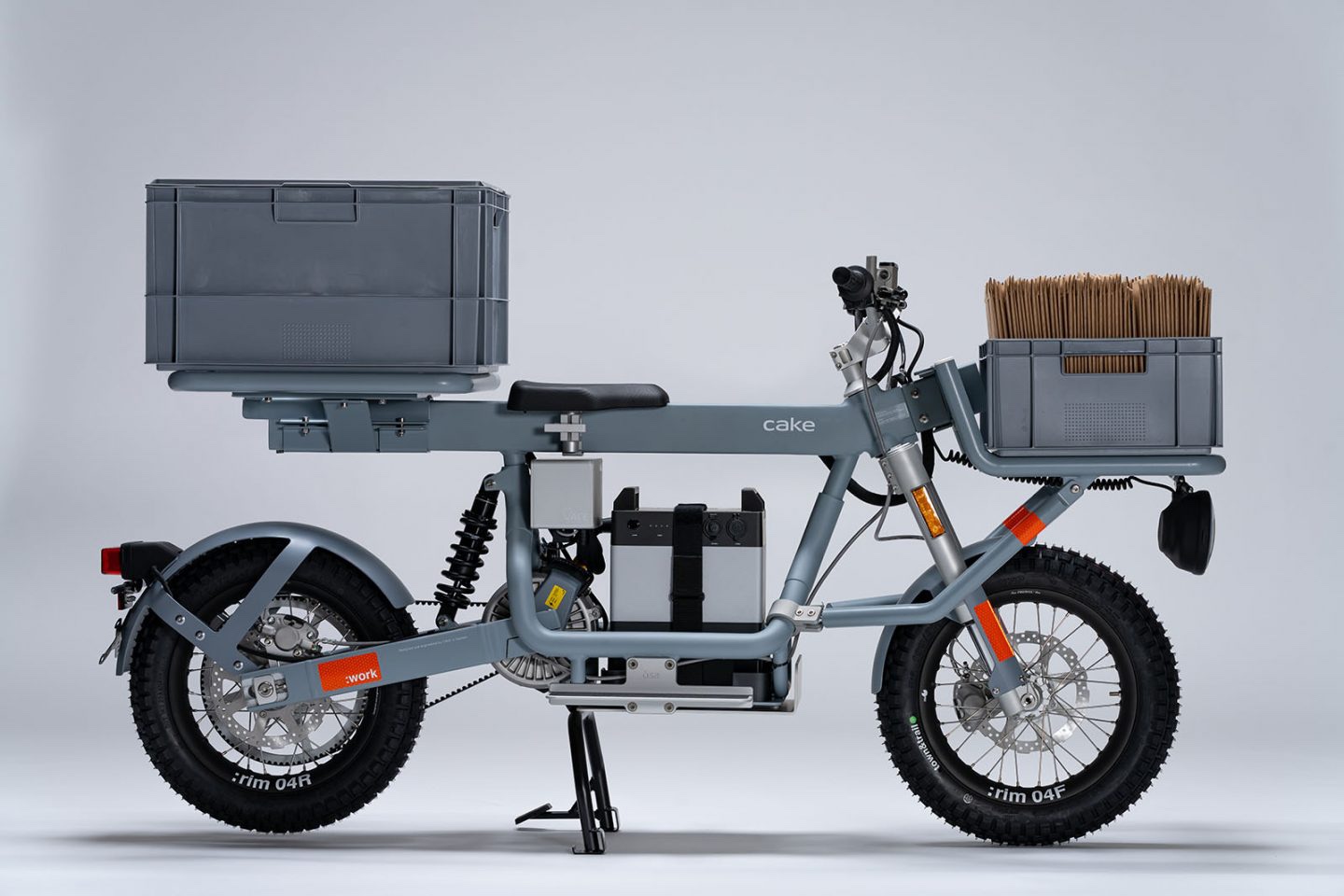
The :work series is built to endure the demands of the working professional, offering a low total cost of ownership and, as a result, increased profit margins. Additionally, much like the other series, they are designed to have minimum impact on the environment. This makes it an ideal solution for last-mile deliveries (an industry which is expected to be worth over $200 billion by 2027), the e-commerce delivery sector (growing by more than 78 percent in 100 of the world’s largest cities), and food deliveries, which are predicted to grow by 60 percent.


